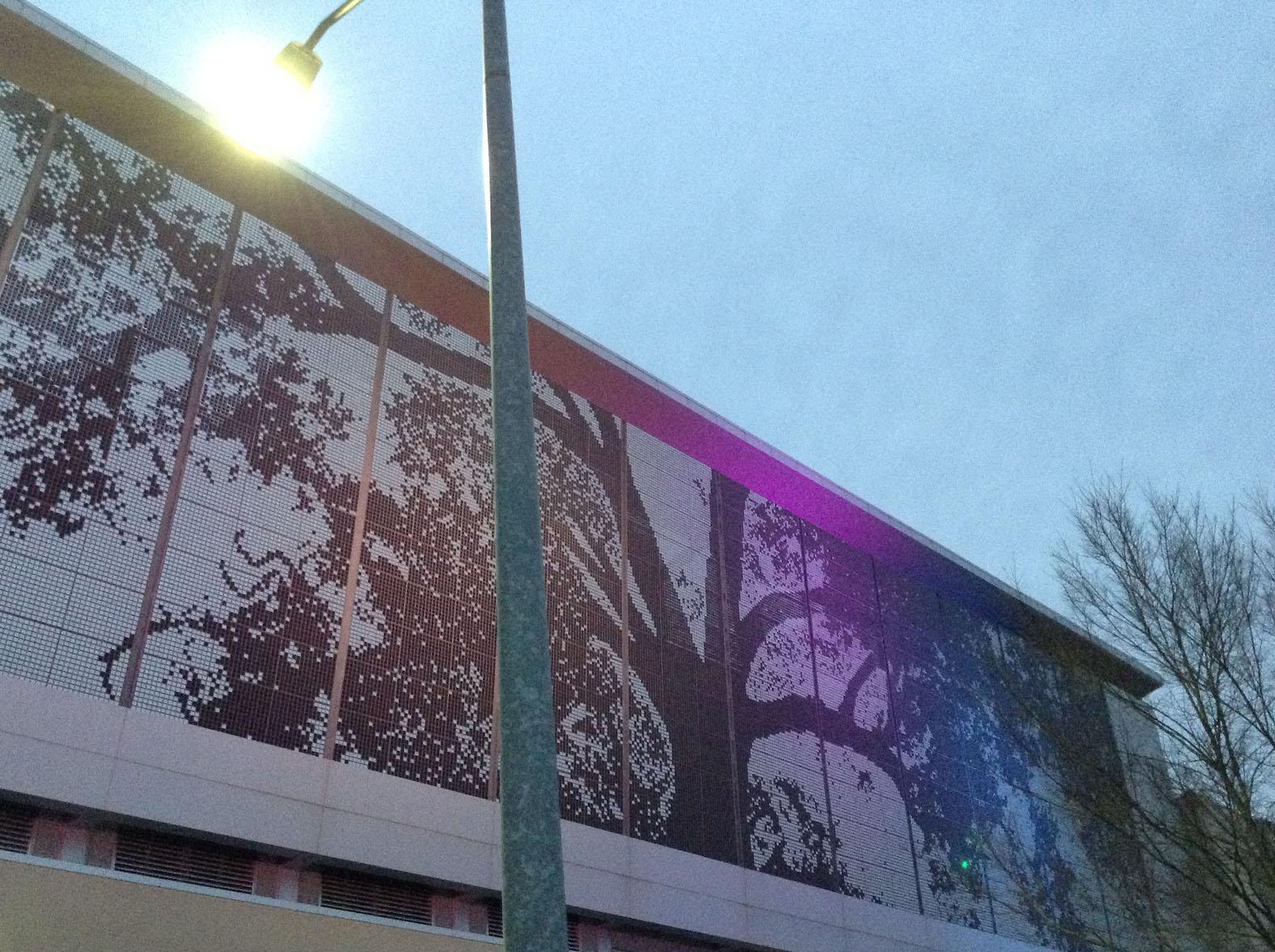2. Start local
There are many advantages to starting small. Participating in smaller local events first can help ease you into the space before working your way up. Immediately jumping into large or out-of-state conventions can certainly work well for some artists, but it may overwhelm others. Starting small gives new artists room to breathe and provides perspective on one’s strengths and limitations.
3. Focus on prints and stickers (at first)
In the early stages of a career, it is smart to focus on producing and selling things like prints and stickers. They’re cheaper to make than items like acrylic keychains and they consistently sell well. Once you get in the groove of things, do some research and see about producing buttons, enamel pins, and even shirts.




























